Christy O'Connor pays tribute to GAA dual stars delivering in hurling and football
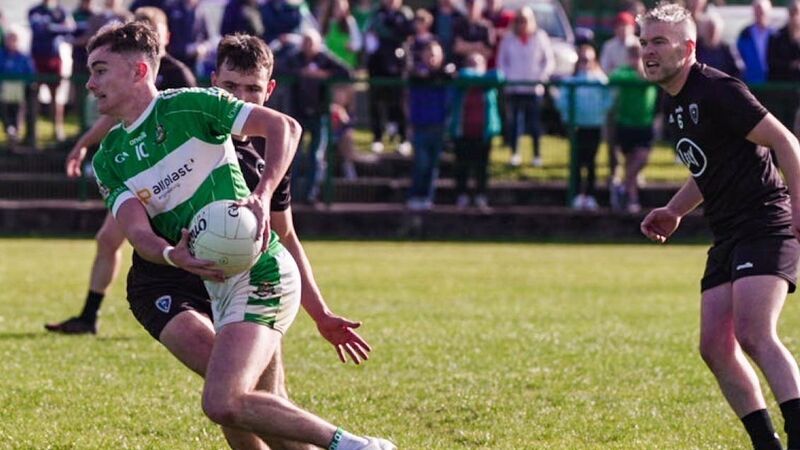
Aaron O’Sullivan from Aghabullogue feeling the pressure of Kiskeam. Picture: Noel Sweeney
During his post-match TV interview on Saturday evening after Loughmore-Castleiney beat Holycross-Ballycahill in the Tipperary senior hurling semi-final, Tomás McGrath outlined what it really means to play hurling and football for Loughmore-Castliney at a consistent elite level. And to be successful at doing so in both codes.
“We do it because we love it,” said McGrath. “We just want to make the people of Loughmore-Castleiney proud of the team. We grew up watching Loughmore play senior hurling and senior football and that’s all we want to do. It’s great, sure we don’t have to train half the time. We don’t train during the week, we just go out and play a match. If we win, we win. We just love it.”
At the outset of last weekend, Loughmore were one of nine clubs trying to bag a precious double around the country, alongside Éire Óg in Clare, Naas in Kildare, Ratoath in Meath, Mullinavat in Kilkenny, Carickmore in Tyrone, Slaughtneil in Derry, Na Fianna and Ballyboden St Enda’s in Dublin.
Éire Óg and Naas achieved that double on Sunday, but the chasing pack is down just three clubs now after the weekend; Loughmore-Castliney, Na Fianna and Carrickmore (who drew their Tyrone football semi-final with Loughmacrory).
It's a long shot but if those three clubs can achieve the double alongside Éire Óg and Naas, it will mark a historic season for clubs seeking to bring glory to their clubs in both codes.
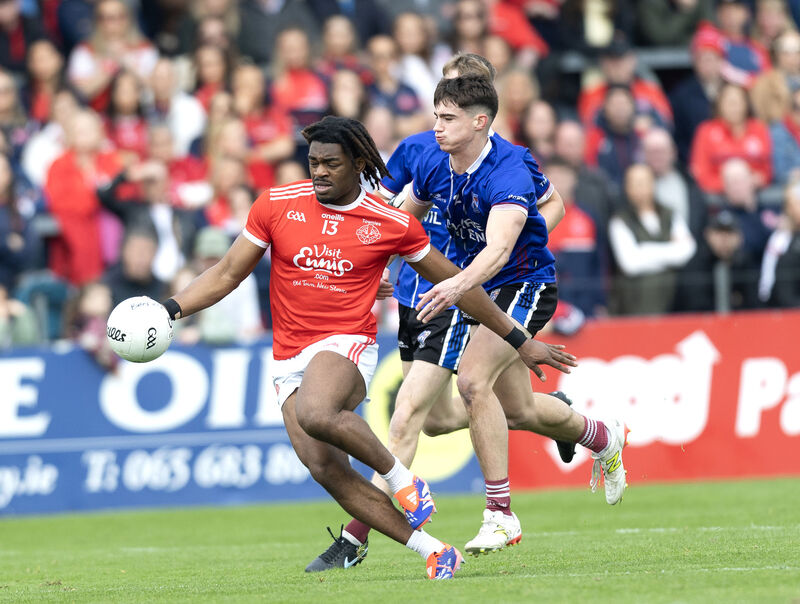
After four clubs managed the double four years ago – Loughmore-Castleiney, Naas, Kilmacud Crokes in Dublin and St Eunan’s in Donegal – the excellent Twitter handle ‘GAA Stats’ revealed that the only previous time there were four senior doubles was as far back as 1903.
However, they did clarify that spelling differences or sister clubs left that stat open to correction.
The following year, it appeared as if that number could possibly be surpassed when nine clubs were chasing doubles before the county semi-finals across eight different counties.
By the end of that 2022 season though, only two clubs had managed it; Kilmacud and Naas. Four other clubs did achieve one part of the double but came up short in the final of the other code in that 2022 season.
By the quarter-final stage last year, seven clubs were chasing the double but only two managed it; Loughmore-Castleiney and Naas.
They are two exceptional clubs with an incredible generation of talented players in both codes but this topic is also slightly skewed by how the clubs with a recent history of being able to successfully compete on both fronts have been consistently able to get that balance right.
Naas are now chasing the double for the fifth successive year (they play Athy in next weekend’s football final). Yet Naas are the only club in a huge town and they only have a handful of dual players.
Before Naas arrived on the scene, Slaughtneil were the modern exemplars of a club consistently able to be successful in both codes with a much higher proportion of dual players.
“We have done it by creating a model that puts players first, which adopts common sense, and with a high set of standards for us as players,” said Chrissy McKaigue after the Derry side won their first provincial double in 2016.
That model is the only way Slaughtneil – and every other club trying to win a double - could have achieved what they did, or are still chasing. Dual clubs all over the country are rife with domestic tension but the common good of the club, and welfare of the players, overrides everything.
On Sunday, Dunloy Cuchullains – an Ulster hurling superpower that reached five All-Ireland club finals – won a first Antrim senior football title in 89 years.
“I don’t see how playing two sports can’t benefit you,” said captain and man-of-the-match, Sean Elliott, who also played in the 2023 All-Ireland club hurling final against Ballyhale Shamrocks. “Some people might say it’s a hindrance but it’s definitely a benefit playing both codes.”
If Dunloy hadn’t lost the hurling semi-final to Loughgiel Shamrocks by one point the previous weekend, they’d also be going for the double this weekend.
St Finbarr’s could also have been chasing a double if they’d managed to overcome Sarsfields in a tight hurling semi-final nine days ago, which would have again evoked memories of a time when the Togher club were the dual masters.
Going so close to doing the double on a number of occasions in recent years is a testament to how far the Barrs have come as a dual club after the barren 25-year period when they failed to win a senior title in either code between 1993-2018.
In the two decades prior to 1993, the Barrs were a machine unlike anything ever seen before, or since, in Cork, Munster or on the All-Ireland stage as a dual force.
Na Fianna (reigning All-Ireland club hurling champions) could yet be possibly chasing success in both codes at provincial and national level this year, especially when the Dublin football champions have always been so hard to beat in Leinster.
Yet no club will ever achieve the same volume of success in both codes at the same time again at county, provincial and All-Ireland levels as the Barrs once did.
Those days are long gone for any club, but this decade has still already been a golden period for clubs chasing something that was often previously deemed to be impossible.
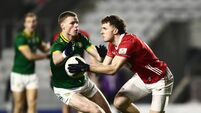
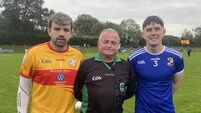
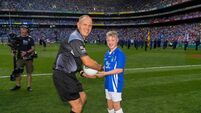
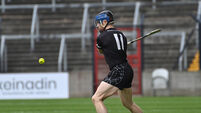
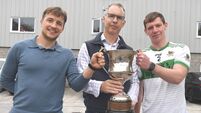




 App?
App?







